
|

$220 SAVE $130 = 37.0% Western Digital 16.0TB Western Digital Ultrastar DC HC550 3.5-in… in Storage: Hard Drives
|

|

|

|

|
Zeiss Otus 28mm f/1.4 APO-Distagon: the Reference Standard With a Gentle Grace
Related: apochromatic, depth of field, Eastern Sierra, external articles by Lloyd, focusing, How-To, Lundy Canyon area, Zeiss, Zeiss APO, Zeiss Distagon, Zeiss DSLR Lenses, Zeiss Lenses, ZEISS Lenspire, Zeiss Otus, Zeiss Otus 28mm f/1.4 APO-Distagon
See best Zeiss lenses wish list and Nikon wish list and Canon wish list at B&H Photo.
Search this site for: Zeiss Otus, Zeiss Milvus, Zeiss Loxia, Zeiss Batis
Images on this page shot in the Eastern Sierra Nevada and elsewhere in California using the Nikon D810 and Sony A7R II (with lens adapter).
The Zeiss Otus 28mm f/1.4 APO-Distagon is slated for delivery in spring of 2016. I had a chance to shoot a prototype lens in September 2015 (used for this review) and later a final production arrived, confirming the performances. Otus lenses are kept within strict production tolerances, so a key benefit is never having to worry about the “bad sample” issue so problematic in the camera market today: an optical design can be terrific, but a lens has to be manufactured.
The Zeiss Otus 28mm f/1.4 APO-Distagon is the third Otus, following the 55mm f/1.4 APO-Distagon (late 2013) and 85mm f/1.4 APO-Planar (mid 2014). Fit and finish are identical to its siblings, but it stands out as the largest and heaviest of the trio, at about 3 p0unds / 1400 grams with lens hood and lens caps. The increased bulk results from the challenge of delivering high quality at f/1.4 in a 28mm: correcting optical aberrations at f/1.4 for a 28mm is like herding cats! Lens size is one way to address the challenges. Keeping a smaller form factor would inevitably compromise optical performance and/or increase the price, an approach used by other vendors—which shows—the Otus 28mm f/1.4 does have some optical compromises, but it is unrivalled in its tight control over all aberrations. It is not the best 28/1.4 in every respect (the Leica 28/1.4 Summilux-M ASPH has lower distortion), but in total performance it has no peer: it is the reference 28mm.
The elephant in the room may be a deciding factor for some: the Otus 28/1.4 is easily the largest and heaviest DSLR lens up to 135mm (as of 2015). Tilt/shift lenses and/or the Canon 85mm f/1.2L II do not seem particularly large near the Otus 28/1.4. Compare the Otus 28/1.4 APO-Distagon to its ZF.2 28/2 Distagon sibling as shown: the extra stop along with the world’s best 28/1.4 optical correction must be “paid for” with bulk and weight. While shooting handheld this weight is desirable because it steadies the camera, so the question is about carry/travel: those who walk/hike for miles or hours will find that a conscious “carry / not carry” decision pops into thought. Or it can simply be a space/packing issue (such as airline travel); the Otus 28/1.4 occupies the volume of two or three smaller lenses. Prospective buyers should ponder the size/weight factor carefully.
Two well-used 28mm lenses following field work, with minor wear marks and dust.

Physical design of the Otus 28/1.4 is identical to its 55mm and 85mm siblings, except that the front-end flares out significantly, making a convenient support area spacious enough even for large hands. As with all Otii, the rubber focusing ring has no tactile feedback; the dimpled design used in Zeiss cine lenses would be a nice touch. As well, a rubber bumper on the lens hood and outer circumference would help with the inevitable minor bumps.
The focusing throw (range of movement and thus precision) is more generous than any other wide angle, with cine-lens bearings yielding the ultimate in focus feel and precision. Focus feel is critical because all Otus lenses demand precision focus lest the camera mercilessly reveal the error. Miss the focus at f/1.4 at 15 meters out and it will be plain to see where focus landed because there is no deep zone of sharp/soft smearing (by optical aberrations) to obscure the error.
In magnified Live View, the Otus 28/1.4 is a breeze to focus using magnified Live View on the Nikon D810 or Canon 5DS R or on the Sony A7R II (when shot with lens adapter). Haze is absent, so the task of focusing is greatly eased with a crisp image at f/1.4.
In optical terms, the Otus 28/1.4 is a jack of all trades for still or video use: it has the lens speed, the low distortion, the flare control, the high performance, the precise focusing. But it is manual focus and that makes it tough where autofocus is needed. Use the Otus where appropriate and consider a relatively inexpensive autofocus 28mm as an accessory for when the Otus 28/1.4 won’t serve.
Rendering style
The Otus 28/1.4 lacks the optical aberrations and moderately strong field curvature of its 28mm f/2 Distagon sibling, but those “cinematic” flaws which some find appealing in the 28/2 are traded off for something better: an uncanny ability to separate a subject from its surroundings into clear planes of foreground/subject/background even at a considerable distance; see Fir Forest. It is thus an ideal lens for wide aperture landscapes. And yet the Otus 28/1.4 is not so well corrected as to be entirely free of minor faults, so it does not feel quite so clinically accurate as its 55mm and 85mm siblings. The superb sharpness of the 55mm and 85mm Otii is attenuated a bit in the Otus 28/1.4 (in the outer zones in particular), which might appeal as an imaging virtue, because an image is the sum of everything for a net visual impact.
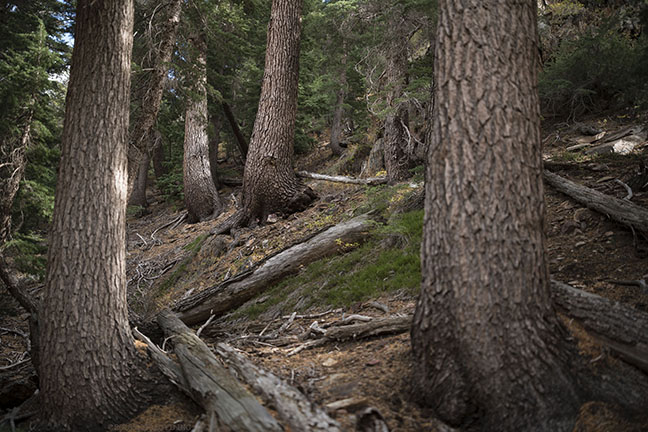
Sony A7R II + Zeiss Otus 28mm f/1.4 APO-Distagon @ 35mm
[low-res image for bot]
At medium range, the Otus 28/1.4 renders a very sharp image over most of the frame together with a slight softness at the periphery that delivers a poised calmness to its images. It avoids aberrations, so there is no excuse in using lens optical flaws to masquerade as image content. That honest rendering style is what I found most challenging in the field, but also most rewarding. See Fir at Edge of Forest.

Sony A7R II + Zeiss Otus 28mm f/1.4 APO-Distagon
[low-res image for bot]
The Otus 28/1.4 goes to close range, delivering images at a reproduction ratio of 1:6.25 as with this pomegranate. At its closest focus, it delivers a very sharp image with high micro contrast at f/1.4 with no haze or halo aberrations and with excellent color neutrality for out of focus areas, a challenge that very few wide angles can deliver on.

NIKON D810 + Zeiss Otus 28mm f/1.4 APO-Distagon
[low-res image for bot]
Backing off from MOD (minimum object distance) with a whitish subject in late-day blue light, quality is unperturbed. Stopping down is for depth of field purposes, not because of optical quality limitations.

NIKON D810 + Zeiss Otus 28mm f/1.4 APO-Distagon
[low-res image for bot]
The Otus 28/1.4 cuts through the scene crisply while delivering the context (out of focus areas) without distractions from haze or smearing or oddball lens flaws. Attention is focused where the photographer aims, yet considerable context is captured and communicated in spite of minimal depth of field. See Wood and glacial erratics on bedrock.

Sony A7R II + Zeiss Otus 28mm f/1.4 APO-Distagon
[low-res image for bot]
With a scene that has a wide range of near to far subject matter, the Otus 28/1.4 can be focused to slice through the scene to give an impression of high sharpness overall, even though actual sharpness is limited by shallow depth of field. See Waterfall Step.
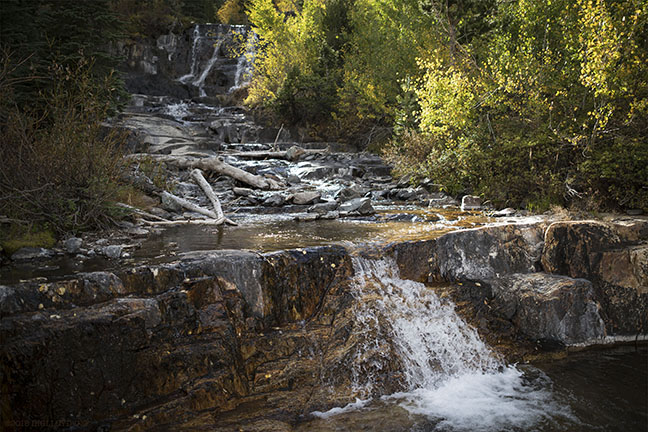
Sony A7R II + Zeiss Otus 28mm f/1.4 APO-Distagon
[low-res image for bot]
In Small Pine at Dusk, the shadows have been boosted by +100 in Adobe Camera Raw. That kind of boost demands that the lens maintain excellent contrast even in very strong backlighting situations. The Otus 28/1.4 has no trouble delivering.

Sony A7R II + Zeiss Otus 28mm f/1.4 APO-Distagon
[low-res image for bot]
Dreary overcast and strongly blue light does not phase the Otus 28/1.4. It picks out the target and delivers it crisply and without any haze or halos. In Bleached Tree Trunks in Lundy Creek, that clarity contributes to a sharp/unsharp tension even at considerable distance, one that forces the eye continually from the subject to the background and back (as per intent). That behavior is a powerful tool for the photographer aware of its potential; environmental portraiture comes to mind (regrettably I did not have the opportunity for such people portraits with the 28/1.4, but it should work exceedingly well).

Sony A7R II + Zeiss Otus 28mm f/1.4 APO-Distagon
[low-res image for bot]
Astrophotography fans will find a new f/1.4 friend in the Otus 28/1.4; no other wide angle delivers this kind of spectacular f/1.4 performance. The trick is airplanes-be-gone, even in the wilderness.
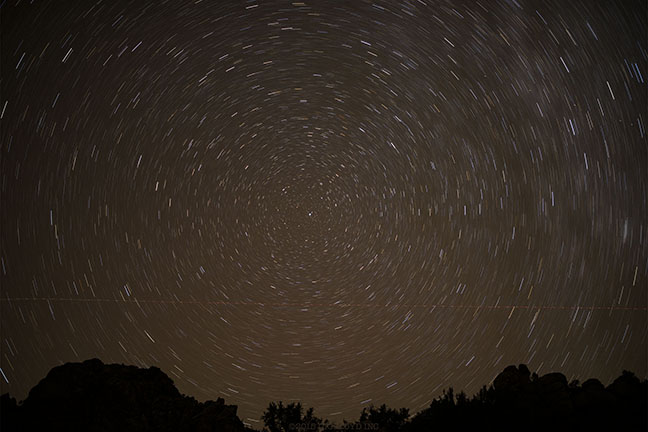
NIKON D810 + Zeiss Otus 28mm f/1.4 APO-Distagon
[low-res image for bot]
The Otus 28/1.4 is not flustered by deep blue or violet light even into the corners of the frame. Here the finest details are delicately rendered into the corners (focused there), even in the garish violet light from a nearby “911” kiosk.

NIKON D810 + Zeiss Otus 28mm f/1.4 APO-Distagon
[low-res image for bot]
The overall look at night from the Otus 28/1.4 is of high contrast with strict control of color aberrations, even with the intrusion of large specular highlights. Correction for coma-like aberrations is imperfect into the corners, but very tightly controlled.
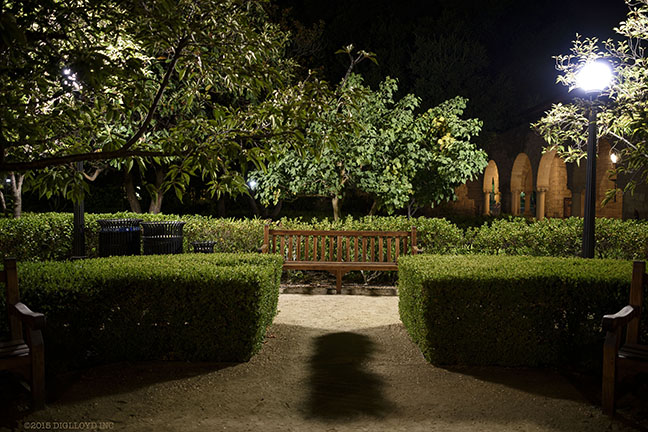
NIKON D810 + Zeiss Otus 28mm f/1.4 APO-Distagon
[low-res image for bot]
With careful focus the sensor can be the limiting factor or close to it, even at f/1.4. With this image, the full-resolution version can be inspected to read the numbers on the post offices boxes even to to the edges of the frame; the 36 megapixels of the Nikon D810 are found wanting (top and bottom cropped here and this is a reduced size image).

NIKON D810 + Zeiss Otus 28mm f/1.4 APO-Distagon
[low-res image for bot]
Color correction has some limits that can be nitpicked, but the Otus 28/1.4 sets the reference standard including juxtaposition of opposing colors, such as bright yellow against dark blue as in Yellow Aspen, Lundy Canyon. The color correction and consistent contrast and strictly controlled aberrations over the entire frame help isolate the subject even at 15 meters or more, a neat trick for a 28mm lens. The use of f/2 instead of f/1.4 delivers more even illumination while also bumping up micro contrast, yet f/2 still strongly differentiates the subject from its foreground and background context.
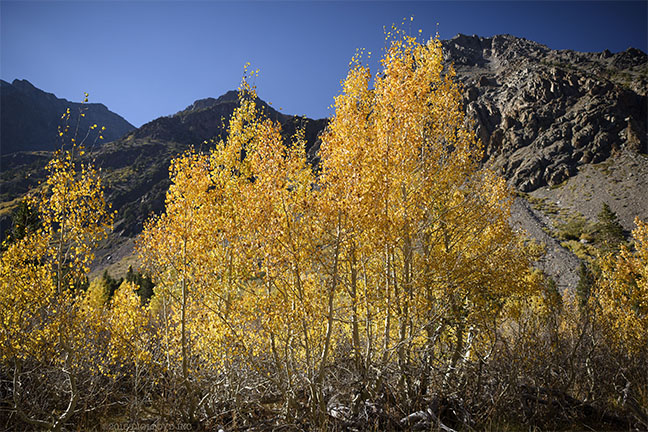
NIKON D810 + Zeiss Otus 28mm f/1.4 APO-Distagon
[low-res image for bot]
In White Gneiss, Late Dusk, the glacial erratic seemed to glow in the gloaming to the naked eye. Reflecting extremely bluish skylight, it is a sore trial for any lens at f/1.4. And yet the finest detail in the rock is rendered crisply free of any haze or violet (purple) fringing. The image is presented dark, yet it is brighter than it appeared to the eye in early night.

Sony A7R II + Zeiss Otus 28mm f/1.4 APO-Distagon
[low-res image for bot]
Conclusions
The Zeiss Otus 28mm f/1.4 rendering style is unique among 28mm lenses in tightly controlling aberrations and being able to select out a subject from its surroundings even at substantial distance. One might look for that trait in a 50mm or 85mm lens, but the Otus 28/1.4 manages it at a much wider 28mm, and without the performance issues of other fast wide angle lenses. And yet there is a gentleness to the images that appeals. For those willing to heft it, the Otus is the 28mm to have.
Lloyd’s photography blog is found at diglloyd.com; it covers many brands, lenses, cameras. In-depth review coverage of the Zeiss Loxia lenses is found in Guide to Zeiss. By subscription.
Seagate 22TB IronWolf Pro 7200 rpm SATA III 3.5" Internal NAS HDD (CMR)
SAVE $100
















